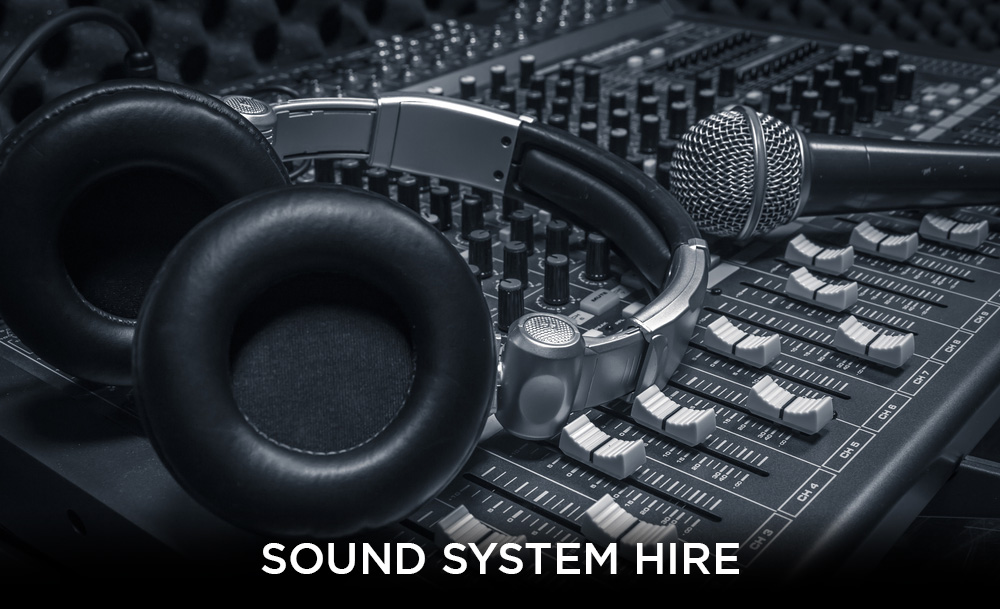Have you ever been invigorated by orchestral music? Well, listening to orchestral music is heart soothing. This music is produced by many instruments from different families. Around 70-100 musicians are involved in the orchestra to produce music cooperatively. This orchestra is often referred to as Symphony or Philharmonic orchestras. When the orchestra has less than 50 members, the term “chamber” orchestra is used for it.
Introduction to Orchestra
Orchestra is the large instrumental ensemble of typically classical music. It combines four sections of instruments. The four families include the string family, woodwind family, brass family, and percussion family. Dozens of instruments fit into one of these groups depending upon the characteristics in common. Some of the examples of instruments are listed as follows:
- String instruments – Violin, Viola, Cello (Violoncello), Double bass.
- Woodwind instruments – Flute, Oboe, Clarinet, Bassoon.
- Brass instruments – Trumpet, French horn, Trombone, Tuba.
- Percussion instruments – Bass drum, Triangle, Tambourine, Timpani.
Each instrument that is involved in the string section is made with the help of wood. These instruments are played with a bow which creates a vibration on the strings, ultimately producing sounds. The violin, the highest-pitched instrument of this section, is the smallest as well. Talking about the woodwind section, the instruments used to be made out of wood. The musicians play the instrument by blowing air into the mouthpiece, after which air passes through the tube. In the brass section, the instruments have long pipes through which air is blown by the musician. For this, musicians press the mouthpiece to their mouths. Lastly, the instruments belonging to the percussion section are played by hitting, shaking, or scraping them. There are two categories of percussion instruments which include pitched or unpitched. These instruments create different sounds.
Role of Conductor
The conductor is responsible for leading and directing the performance with the help of the movement of hands and arms. Another responsibility involves the unification of the orchestra. The conductor sets the tempo and shapes the music. It is important to prepare the orchestra for performance with continuous rehearsals. Conductors play a really important role in the preparation and providing important instructions.
What Are The Benefits Of Being A Part Of The Orchestra?
Being a part of an orchestra is like acting only through music. Many music enthusiasts like George Freundlich and Taylor Swift love the idea of being a part of the orchestra. Dr. George Freundlich Matheson retired from the award-winning Timmins Symphony Orchestra in 2019. He is also a recipient of the Award of Appreciation for 10 years of dedicated and valuable contribution to the orchestra. Orchestral music sounds make you feel alive, which you should realize and play. Here you need to comprehend that the orchestra works well due to the bond and cheers among team members. You will develop a feeling of power while playing with 70-100 people. Orchestral music is more warm, clear, and intense than any other source of music as the difference is vibrant.
Conclusion
Orchestra refers to a large musical ensemble that is united to produce a masterpiece. Each individual has to play with their best efforts as a part of the team to encourage every member to make amazing sounds. Also, they are motivated by people around whom they have synchronized breathing.








